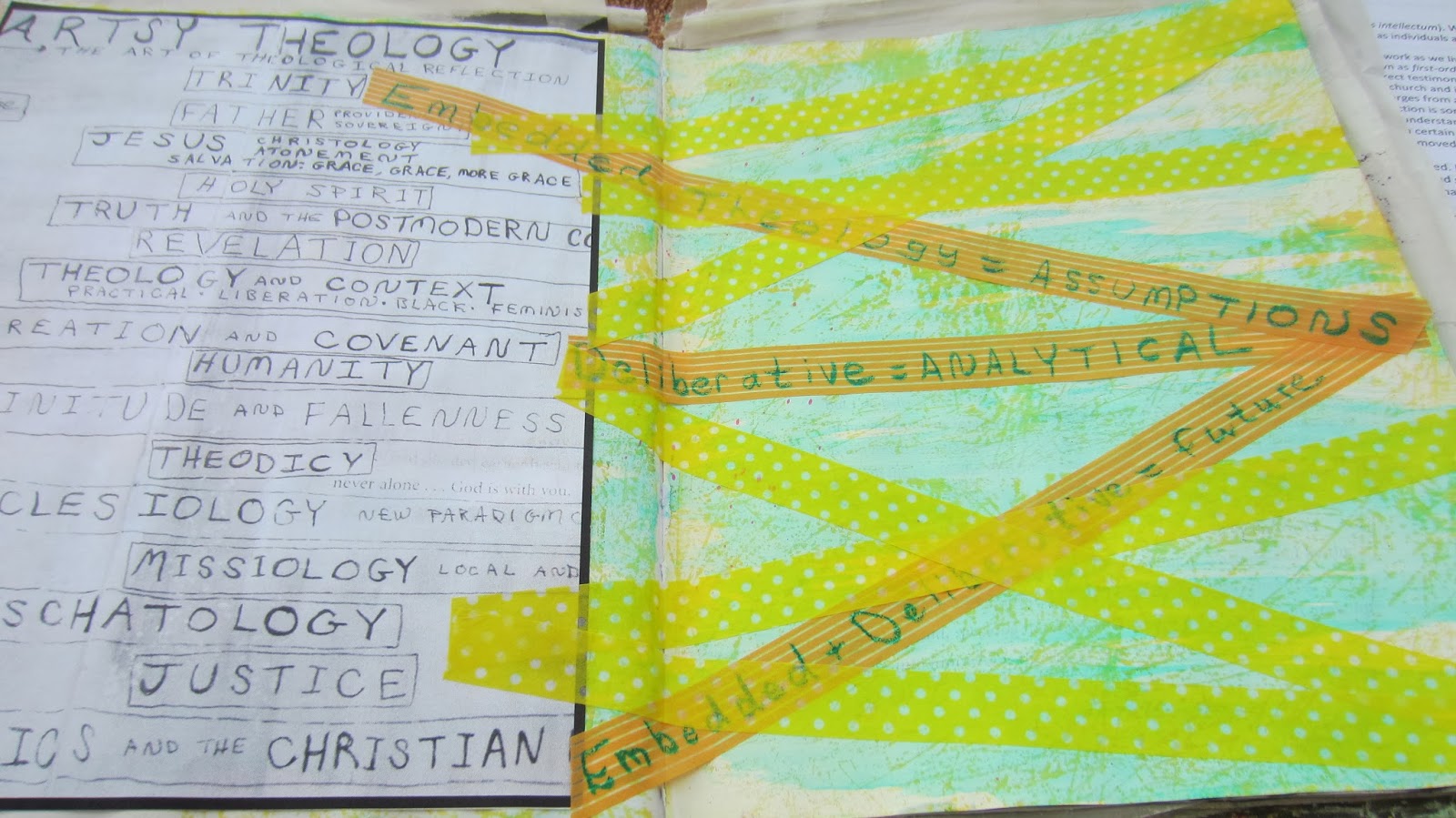Theological Method
1.
Where do you begin? [human/anthropological or
divine]
2.
How do you proceed?
3.
How do you develop a theological template?
4.
How do you prioritize the issues of theology in
their order of importance?
Two Modes of Thinking
1.
Sequential—linear
thinking that gets one from A to B to C.
2.
Parallel
synthetic thinking sees the total picture or Gestalt and the interrelateness
of its parts.
For theology to be creative, the output of parallel
synthetic thinking needs to be integrated with the conceptual constructs of
sequential thinking and vice versa.
How Do We Begin—a Rudimentary Procedure
·
Examine the questions and struggles of our
Christian lives.
·
Make explicit the theological understandings of
the Christian message implicit in the discussion.
·
Examine those understandings and note their
strengths and limits.
·
Propose what seems the most adequate resolution
to the issue in light of the Christian message of God.
Ultimately: Explain in theological terms why what we propose
is preferable to other options.

